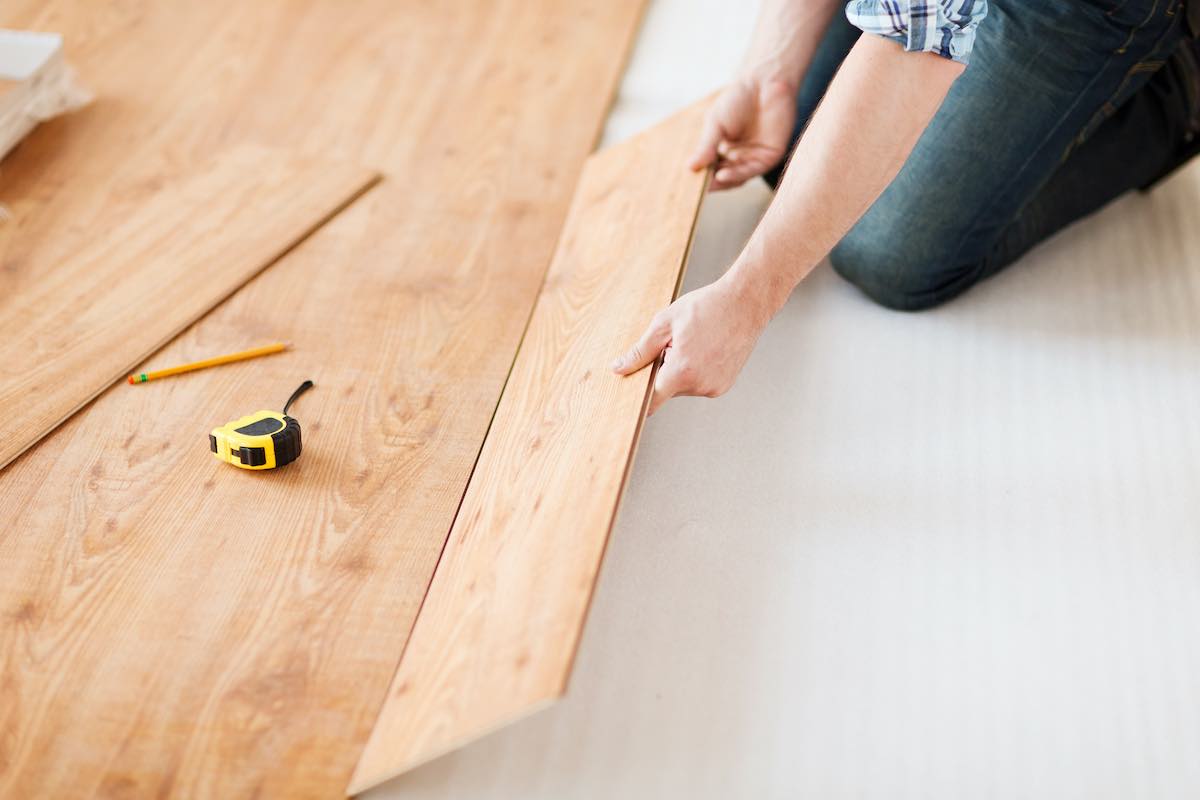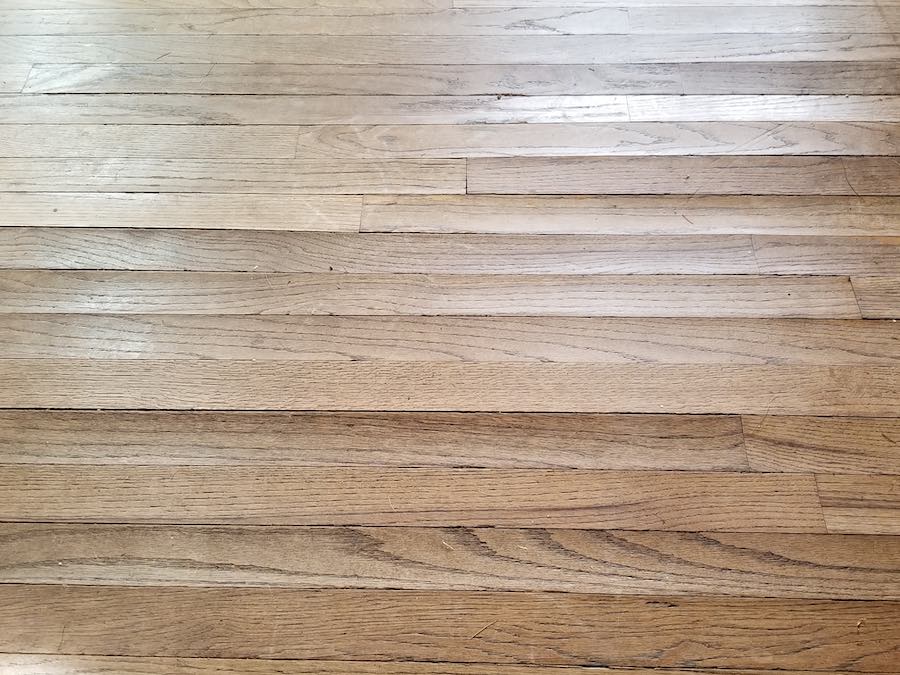Hardwood flooring warping and cupping: How to prevent it

Outside of knicks, scrapes and normal ware, warping and cupping are among the most frequent and costly issues that can arise with hardwood flooring. Warping and cupping, for those not aware, occurs when excessive moisture, from one source or another, is left exposed to your floor over time. This exposure leads the wood to absorb liquids and eventually to swelling, creating uneven surfaces where the boards have begun to curve. Remember, that wood naturally expands when exposed to higher humidity and contracts when humidity is low.
It’s important to be aware of the causes of floor warping so that you can take steps to prevent it from happening on your existing or new hardwood floor. In this blog post, we will discuss what causes hardwood floors to warp or cup and how you can prevent it.

Common Causes
- Moisture from the subfloor that has not been adequately protected or sealed will seep in over time. This is a typical problem with concrete and wood subfloors; however, sealing off moisture coming from the foundation or the subfloor can usually solve it..
- Houses in areas that experience extreme weather changes, whether it be high or low temps or humidity is another common cause. Remember, wood being a natural absorbent will notice these changes as well. The use of dehumidifiers when moisture levels are higher and humidifiers for when the floor is at risk of drying will substantially help in this case. Remember to set these up automatically so it keeps the right moisture levels at all times.
- Entryways can be especially tricky, especially during wet seasons. Using entry mats and frequent cleaning/drying of high-traffic areas go a long way in prevention.
- Bathrooms and kitchens also find themselves to be danger areas, water from appliances or fixtures can often accumulate, and thus should be monitored with higher attention.
- If a floor is improperly sealed or the finish is wearing off, there is less protection as the sealant’s main purpose is to serve as the protective layer against water as well as other damages. If you catch this problem on time, call a professional for a maintenance coat.
- Installation of the floor, in general, should not be left to a novice or inexperienced installer, areas at higher risk of water exposure require more precise installation. When not installed correctly those areas will be even more susceptible to moisture acclimation in gaps left behind.
- Bare in mind, solid wood floor is more prone to warping and cupping than engineered wood flooring
Hardwood floor warping and cupping is a common issue, but it can be prevented by following some simple steps. If you would like more information on our products, please contact us. We would be happy to help!
If on the other hand, you want to change your floor, order your samples today.

